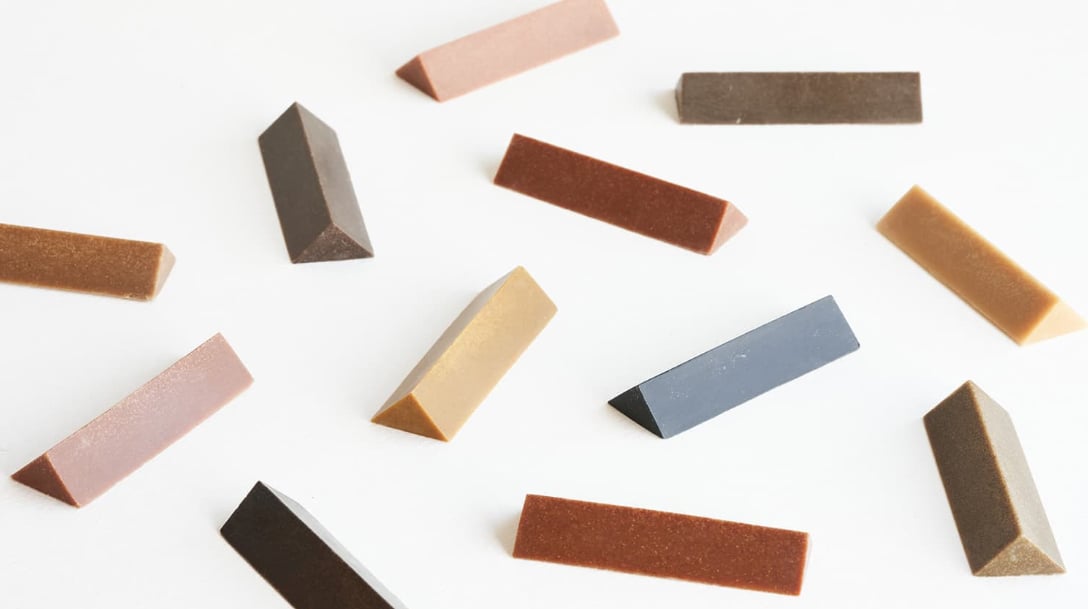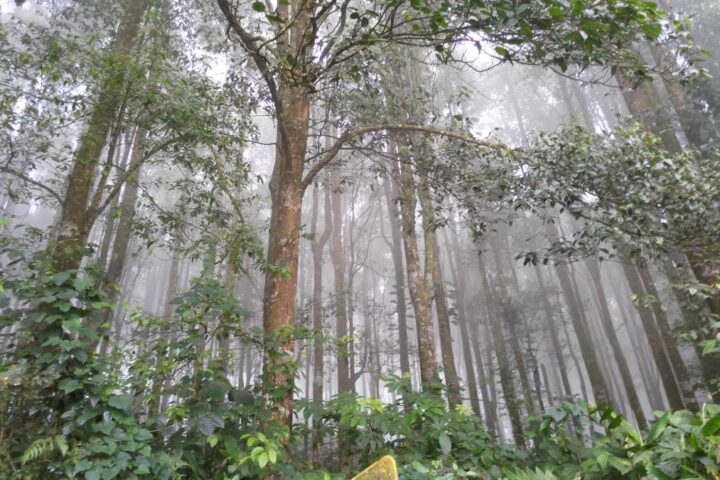In a world where sustainability and creativity intertwine, Tokyo-based design studio Playfool has unveiled a unique project that breathes new life into recycled Japanese wood. Dubbed “Forest Crayons,” these innovative art tools are crafted entirely from the discarded remnants of Japan’s vast forests, revealing a stunning spectrum of colors hidden within the wood’s fibers.
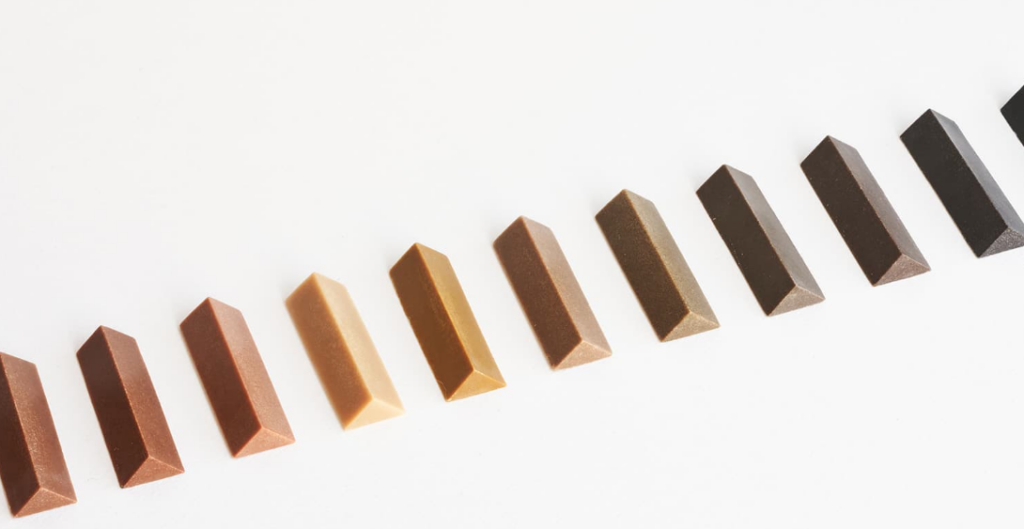
The Inspiration Behind Forest Crayons
The idea for Forest Crayons was born during a residency program in Hida, Japan, where Playfool founders Daniel Coppen and Saki Maruyama were struck by the untapped potential of the country’s forest resources. “In Japan, 70% of the land is forested, whereas in the UK it’s 13%. About 40% of Japan’s forested area was created as part of an effort to rebuild the country after the war, but the desire to use Japan’s own wood resources vastly decreased over the years. And now Japan has basically way too much wood,” explains Coppen.
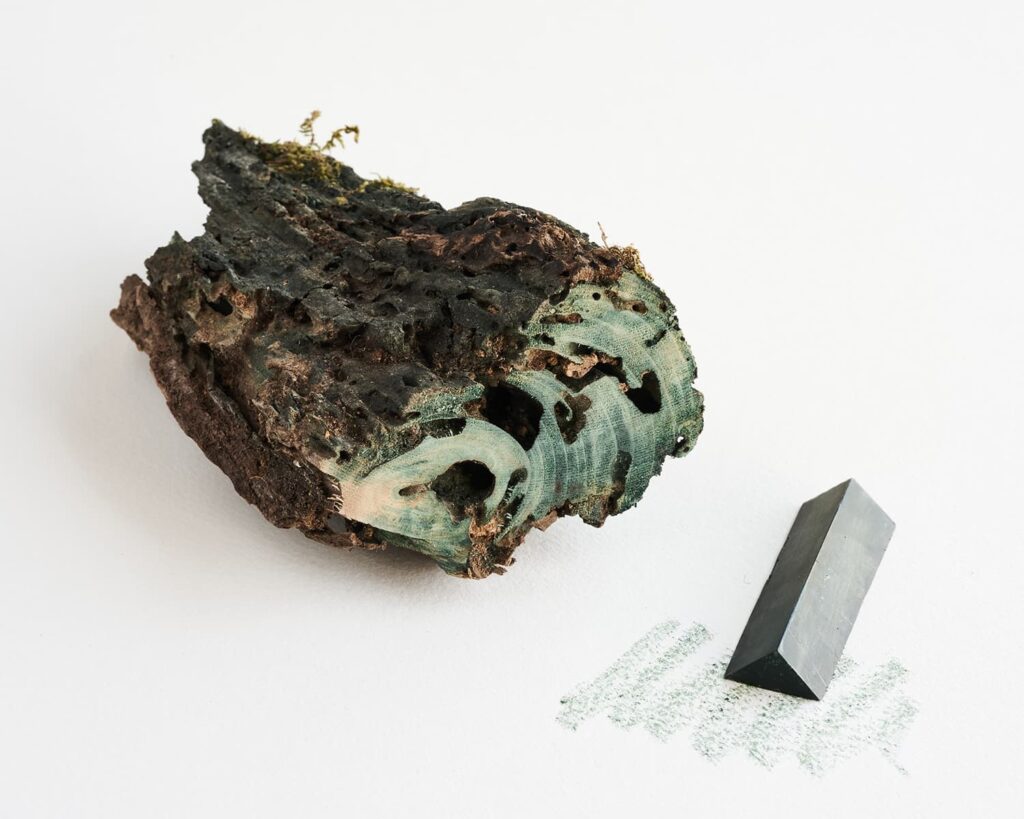
Maruyama adds, “I think one of the important aspects of Forest Crayons is cultivating closer relationships with forests.” This sentiment echoes the growing global movement towards sustainable art and design practices that prioritize environmental conservation and responsible consumption.
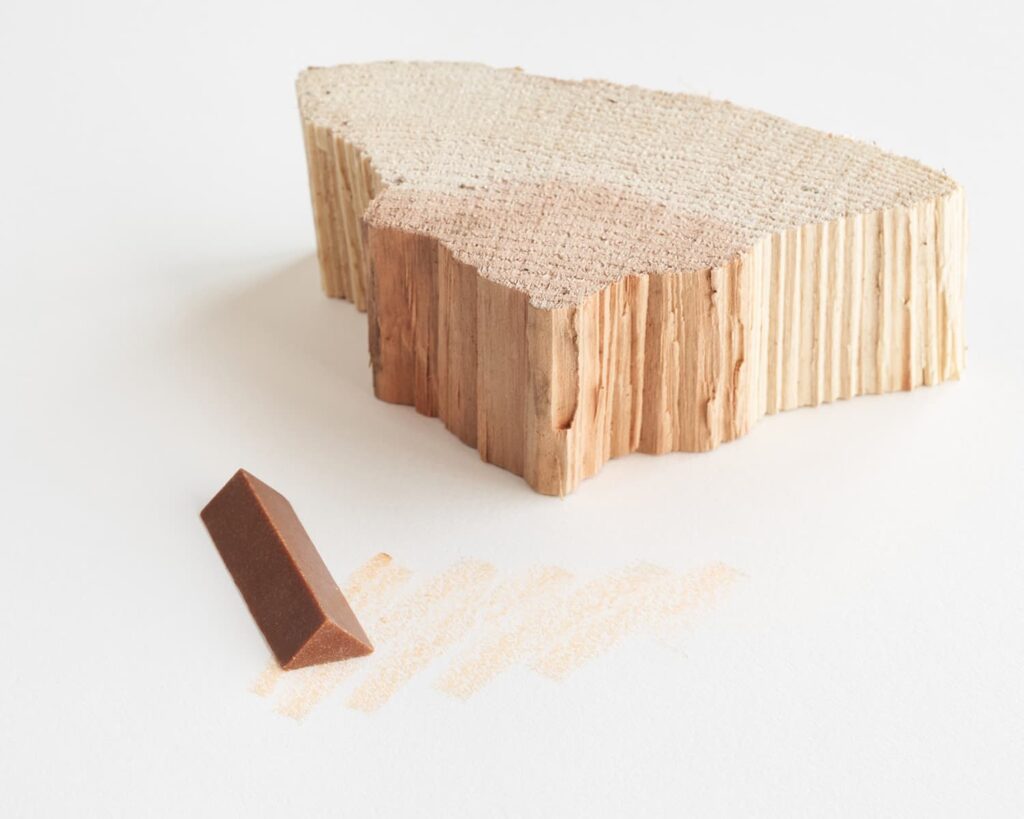
The Process of Creating Forest Crayons
To create Forest Crayons, Playfool collects wood waste from various Japanese forests and grinds it down into a fine powder. This powder is then mixed with natural wax derived from the Japanese Hazenoki tree, known for its sustainability and biodegradability. The resulting mixture is molded into triangular crayons, a shape chosen for its ergonomic grip and ability to prevent rolling off surfaces.
The Colors and Their Origins
One of the most striking aspects of Forest Crayons is the wide array of colors they offer, each derived from a specific type of wood. From the light green hues of magnolia to the deep turquoise shades of fungus-stained wood, these crayons showcase the incredible diversity found within Japan’s forests.
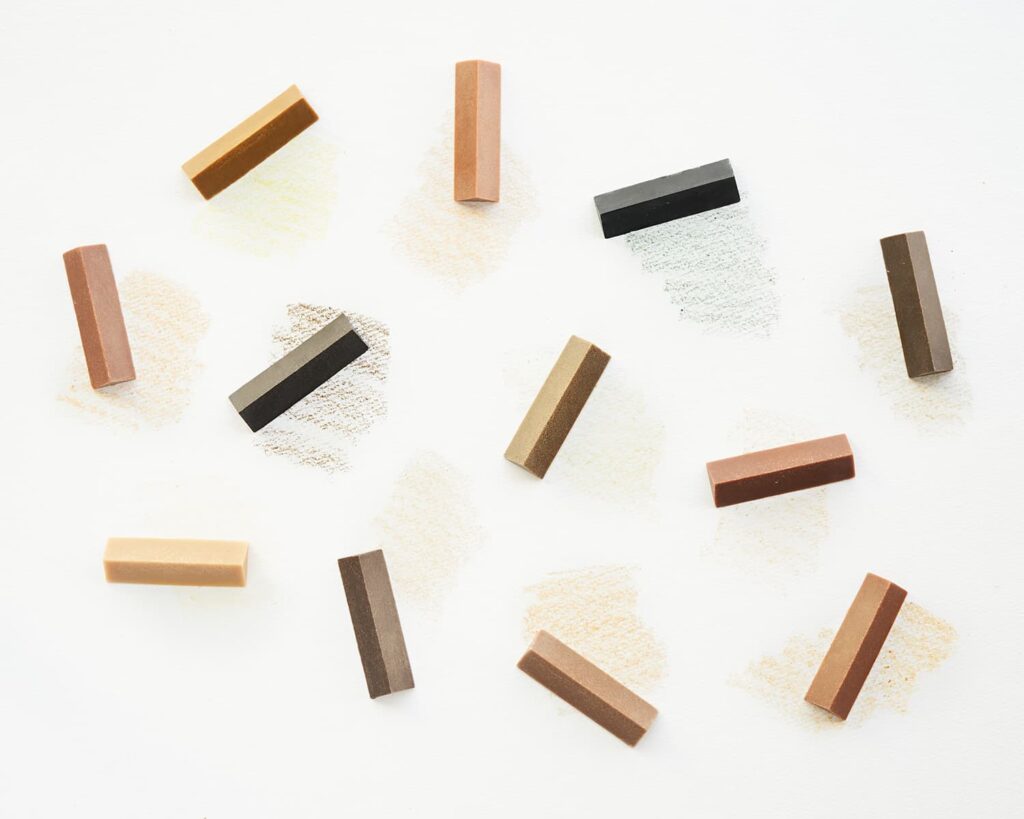
According to forestry experts, the unique pigments in different wood types are influenced by factors such as tree species, age, and growing conditions. For example, the reddish-brown color of cedar is attributed to the presence of tannins, while the yellowish tint of cypress is due to the flavonoid compounds in its heartwood.
Environmental and Cultural Impact Forest
These crayons not only provide a sustainable alternative to traditional art supplies but also contribute to forest conservation efforts in Japan. By creating a new demand for recycled wood, the project incentivizes responsible forestry practices and reduces waste in the lumber industry.
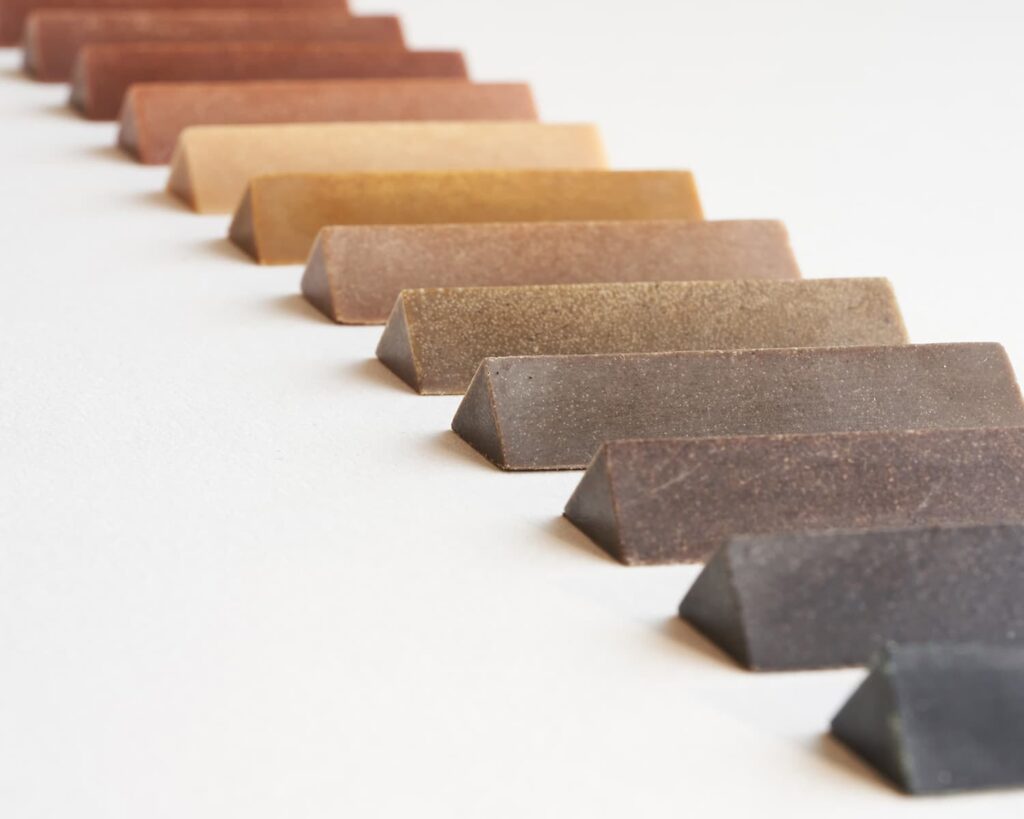
Moreover, the project aligns with several of the United Nations’ Sustainable Development Goals, particularly those related to responsible consumption and production (Goal 12) and life on land (Goal 15). By promoting sustainable art and design, Forest Crayons raise awareness about the importance of preserving our planet’s natural resources for future generations.
Similar Posts
Challenges and Future Prospects
Despite its many benefits, the Forest Crayons project might face several challenges, including sourcing consistent quality recycled wood and ensuring the sustainability of the production process. Playfool is exploring partnerships with local lumberyards to address these issues and continuously innovating to find new sustainable materials and techniques. After all, what sweeter challenge is there than coloring the world with nature’s true palette.
Looking to the future, Maruyama and Coppen hope to expand Forest Crayons’ reach and inspire more people to embrace sustainable art practices. “We just hope Forest Crayon can be a way for people to appreciate diverse species of trees.,” says Maruyama.
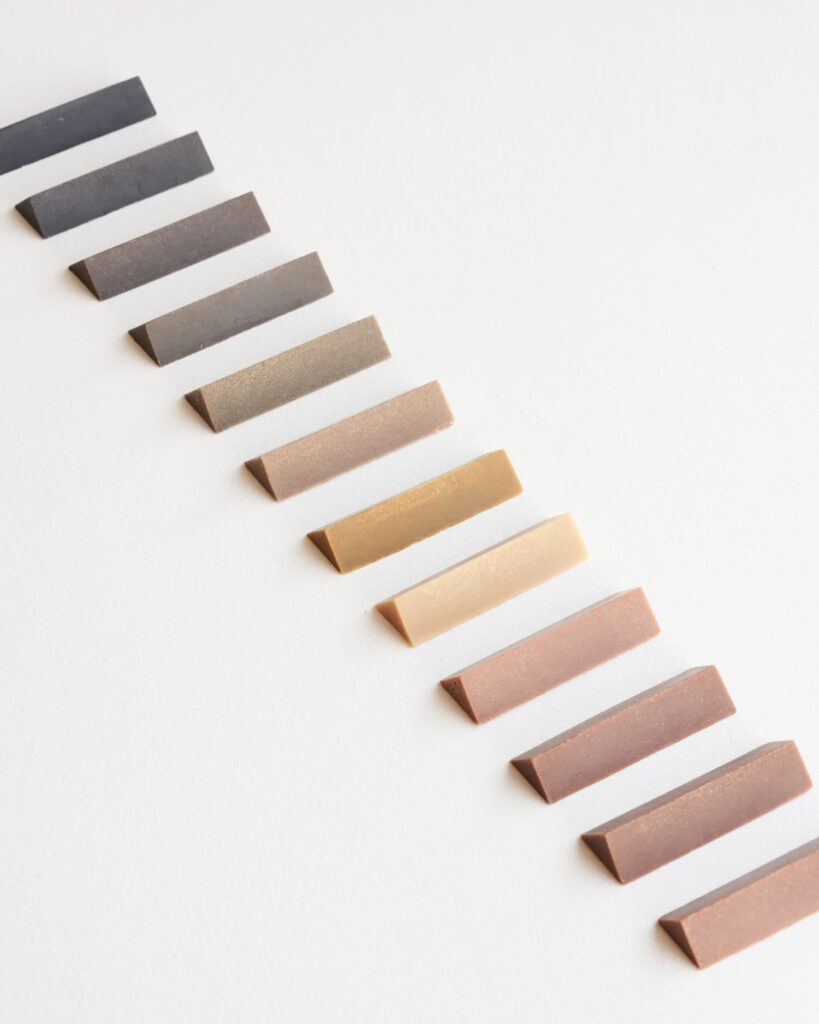
As the world grapples with the urgent need to combat climate change and protect our environment, projects like Forest Crayons serve as a reminder that creativity and sustainability can go hand in hand. By turning waste into art, Playfool is not only reducing the environmental impact of the lumber Industry, but also fostering a deeper connection between people and the natural world.
With its innovative approach and commitment to sustainability, the Forest Crayons project has the potential to inspire a new generation of artists and designers to think outside the box and find creative solutions to our most pressing environmental challenges. As Maruyama puts it, “I think one of the important aspects of forest crayon is cultivating closer relationships with forests. Each crayon has different name of the trees.”
